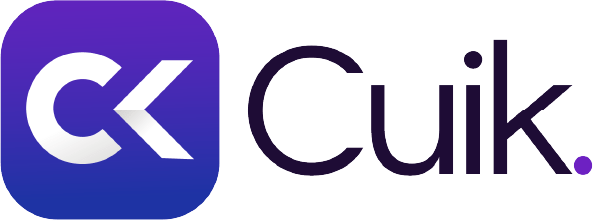We are a Full-Stack Strategic Digital Agency
Jump-Start your Business with Expert Nearshore Software Engineers, Marketing and Design Teams
Get To Know Us!
The best of Software, Design and Strategic Marketing to help you with your Digital Transformation.
Our full-service firm offers consulting in the design, development and implementation for your innovative solutions, bringing software, design and marketing under one roof.
With more than 10 years of bicultural experience, and working with clients in different industries, we are the best nearshore partner for your software development, graphic design or strategic marketing needs.
Value-Driven Solutions to solve real life problems and help your Company grow
We think big

We design smart

We work hard
Meet Our Services

We’re Industry Agnostic
Our collaborative approach to innovation makes us industry agnostic. We’ve worked with clients around the world in these industries:

Retail Businesses
Learn More
Transportation & Logistics
Learn More
Mining, Oil & Gas
Learn More
Clean Energy & Environment
Learn MoreWe meet you where you are
Whether you’re starting an idea, or growing your company, we can meet you where you are.

Idea



MVP








Startup








Strategy








Growth








Innovation
How We Work
Our battle-tested process and our collaborative approach allows us to help you from day one.
We can help you with your software, graphic design or marketing needs, whether you just need a specific solution, or a package with several services.
We offer you two ways to work with us:


Dedicated Teams
We assemble a specific or a multidisciplinary team to provide value and fast results from the very beginning of your project.


Staff Augmentation
We recruit the best requested talent that align perfectly to your company, culture and project, and assign them exclusively to you.
Explore Our Work
From scope, requirements and specifications, to strategy, design and deployment, we can handle any project at any scale.
Testimonials
Trusted by Startups and Established Companies


Head, BI - iFood
“The leadership shows in the results.”


Founder & CEO - Story
“Their attention to detail, patience for non-technical founders, and ability to be nimble/adapt have been impressive.”


DOP - Level Up
“Our team ends up in tears because we’re so excited at what they’ve changed and developed.”
Ready to take the next step?
We create Digital Experiences completely designed around your brand. We are all excited to work with you and to see you grow!








































